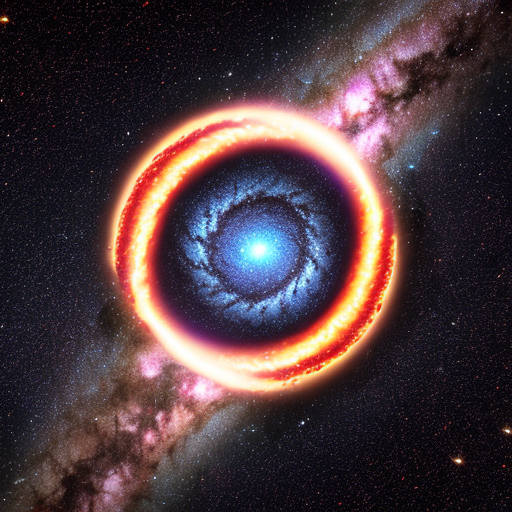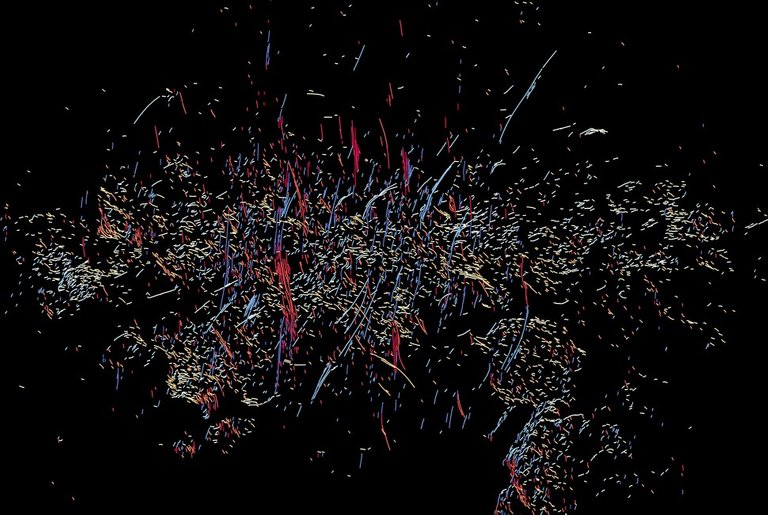Strange structures around a black hole
Strange structures around a black hole.

Image created by me in playgroundai
They have discovered new shapes and orientations of the strange structures that Yusef-Zadeh and his collaborators discovered in 1980, in their discovery these huge filaments hung vertically from the black hole, now these filaments are horizontal and radial to the black hole that is in the center of our milky way.

Souce
There are about a thousand vertical filaments, but only a few hundred horizontal filaments, according to the researchers. The now-discovered filaments originated during an event whose characteristics are now unknown, but which occurred about 6 million years ago, appear to be the result of an interaction of the outgoing material from the environment of the black hole with objects close to it.
Thank you for visiting my blog. If you like posts about #science, #planet, #politics, #rights #crypto, #traveling and discovering secrets and beauties of the #universe, feel free to Follow me as these are the topics I write about the most. Have a wonderful day and stay on this great platform :) :)
! The truth will set us free and science is the one that is closest to the truth!
0
0
0.000
Thanks for your contribution to the STEMsocial community. Feel free to join us on discord to get to know the rest of us!
Please consider delegating to the @stemsocial account (85% of the curation rewards are returned).
You may also include @stemsocial as a beneficiary of the rewards of this post to get a stronger support.
Wow, this article really took me on a cosmic journey! I've always been fascinated by black holes, and these strange structures around them are just mind-blowing. It's amazing to think about how these filaments have changed over time, from vertical to horizontal and radial. It's like the black hole is rearranging its cosmic furniture!
I also found it interesting how the vertical and horizontal filaments might have different origins. It's like they're two different species of cosmic creatures, each with their own unique characteristics. And the fact that studying these filaments could help us understand more about black holes is just icing on the cake.
Thank you very much, I am glad that you were interested in and liked the publication, there are few people with a refined taste for science.
We have understood almost nothing about black holes and more elements are emerging around them, more and more questions than answers are emerging, but we continue in the search for knowledge.
Greetings.
It's my pleasure. The pursuit of knowledge, especially in science, is an ongoing journey filled with more questions than answers. And that's what makes it so exciting. I have always thought that to understand the universe and unveil its mysteries is also to learn about ourselves.
That's right, as Carl Sagan said, we are stardust...